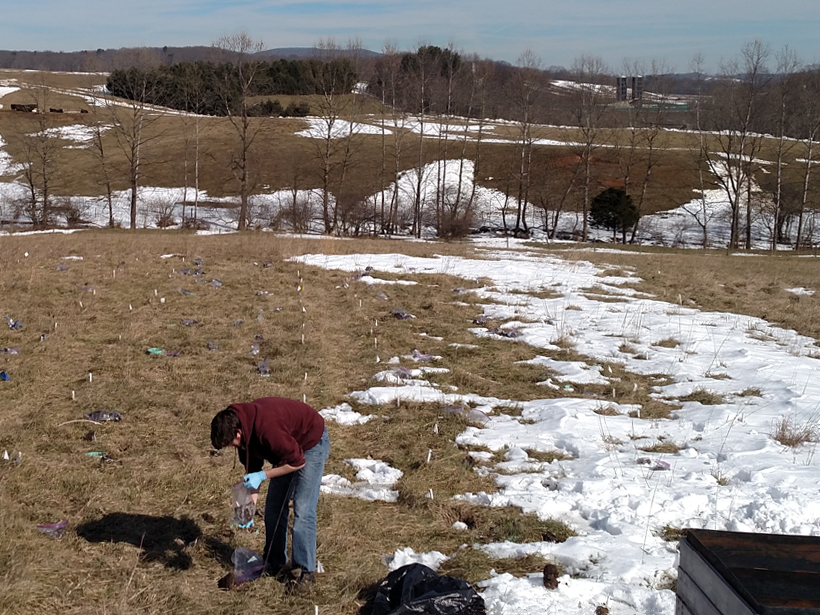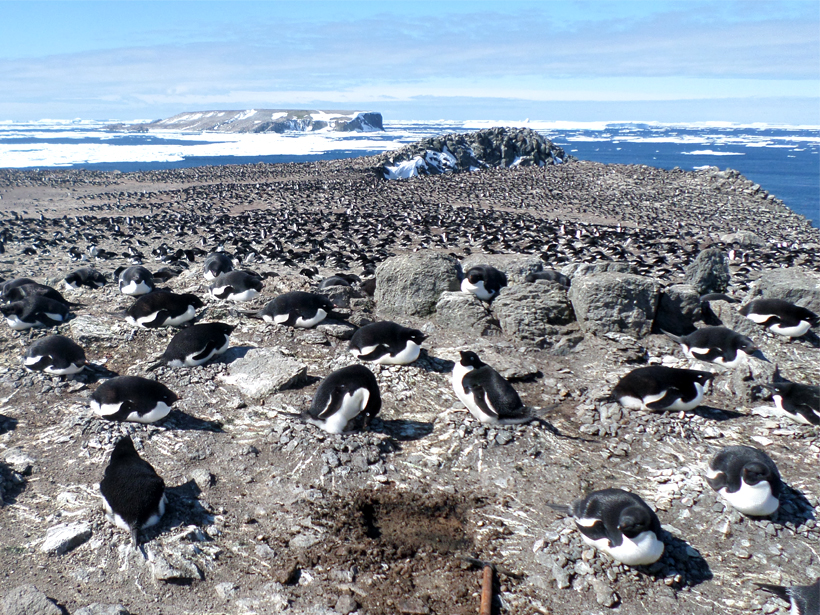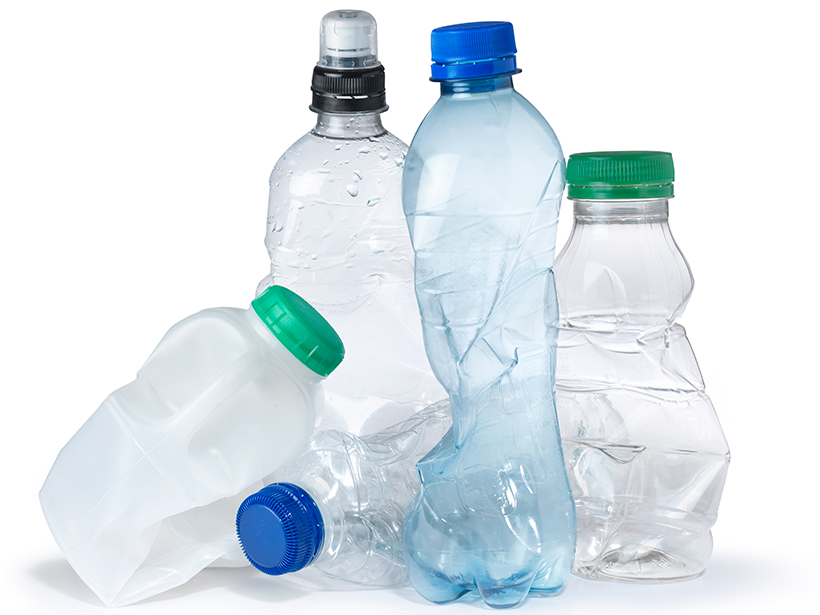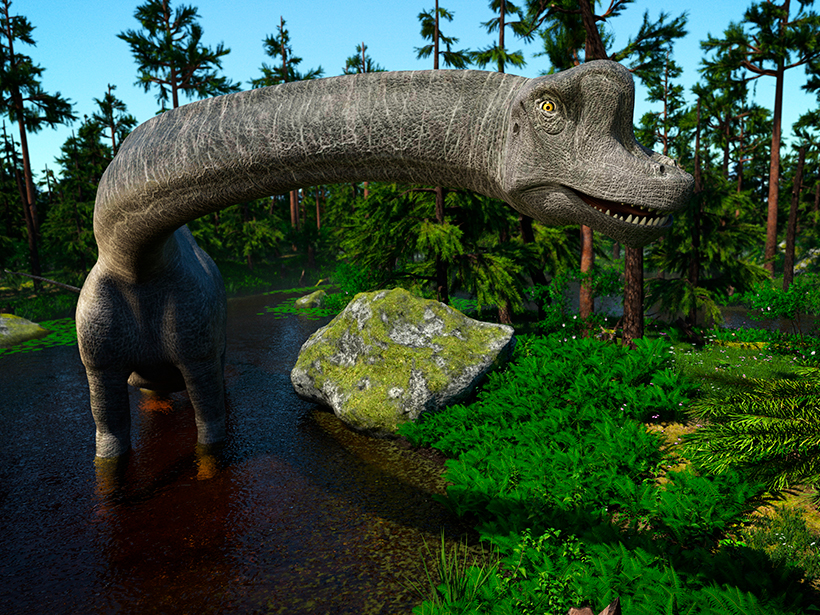Evidence from mud, charcoal, and feces suggests humans arrived in East Polynesia during the driest period in 2 millennia.
poop
Manure Happens: The Environmental Toll of Livestock Antibiotics
New findings suggest antibiotics in cow manure can alter soil microbial activity, with implications for soil fertility and carbon emissions.
Penguin Poop Keeps a Record of Antarctic Glaciation
Scientists are digging up Adélie penguin guano to study millennia of Antarctica’s history.
Microplastics Found in Human Stool
Tiny slivers of plastic are making it all the way into humans’ guts and into their feces, a new study shows.
Signatures of Dinosaur Poop Found in Cretaceous Coal Seams
Coal analysis suggests that plant-eating dinosaurs, by walking kilometers between their picnic areas and their toilets, distributed important nutrients widely and boosted ecosystem health.
Bat Guano: A Possible New Source for Paleoclimate Reconstructions
Nitrogen isotopes within samples of bat excrement accurately reflect modern precipitation patterns. So could guano serve as a paleoclimate record?
How Bat Breath and Guano Can Change the Shapes of Caves
Researchers working in caves in Borneo and elsewhere are finding evidence that biological processes shape many tropical caves by slowly eating away at surrounding rock.







